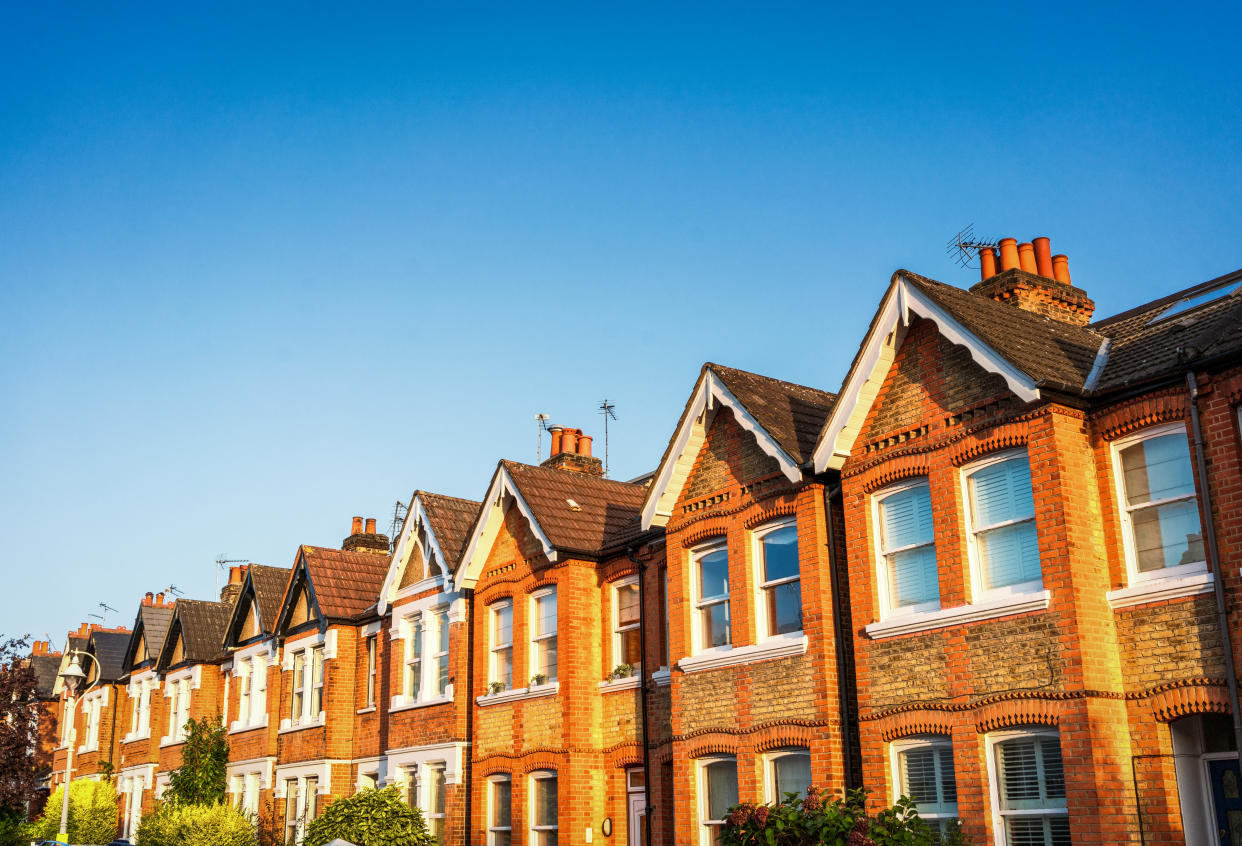UK house prices fall for the first time since January as stamp duty holiday ends

The average UK house price slipped by 0.5% in June, the first monthly fall since January, as the stamp duty holiday came to an end on 30 June, latest data from lender Halifax revealed.
“It is important to put such a moderate decrease in context, with average prices still more than £21,000 ($28,967) higher than this time last year, following a broadly unprecedented period of gains,” said Russell Galley, managing director at Halifax.
“With the stamp duty holiday now being phased out, it was predicted the market might start to lose some steam entering the latter half of the year, and it’s unlikely that those with mortgages approved in the early months of summer expected to benefit from the maximum tax break, given the time needed to complete transactions,” he added.
The threshold for stamp duty, a tax on property transactions in England and Northern Ireland, was at £500,000 until 30 June for residential purchases. This was initially supposed to end in March.
Annual house price inflation also eased back slightly from May’s 14-year high of 9.6% to 8.8% in June.
The report said government support measures over the last year have helped to boost demand, particularly among buyers searching for larger family homes at the upper end of the market.
The average price of a detached home rose faster than any other property type over the past 12 months, up by more than 10% or almost £47,000 in cash terms.
At a cost of over half a million pounds, they are now £200,000 more expensive than the typical semi-detached house.
Read more: UK mortgage approvals rise by record 827%
“That power of home-movers to drive the market, as people look to find properties with more space, spurred on by increased time spent at home during the pandemic, won’t fade entirely as the economy recovers,” said Galley.
“Coupled with buyers chasing the relatively small number of available properties, and continued low borrowing rates, it’s a trend which can sustain high average prices for some time to come,” he said.
Halifax expects annual growth to have slowed more by the end of the year, with unemployment expected to edge higher as job support measures unwind, and the peak of buyer demand now likely to have passed.
“What goes up, inevitably comes down again and it’s simply unrealistic to expect house prices to continue climbing at such an unheard-of rate forever," said James Forrester, managing director of Barrows and Forrester.

"Of course, the tapered end of the stamp duty holiday will bring about a natural market correction, but the proof in the pudding is the annual rate of growth which sits at nearly 9%," he said, adding that the market remains in a very strong position and "while we may see the rate of growth continue to cool, this is a world away from a substantial drop in market values”.
Whilst the two Midlands regions and Greater London saw slightly slower annual price gains compared with May, all the other regions and nations saw a strengthening of inflation.
Wales (12%) continues to lead the way on annual house price growth, registering its strongest performance since April 2005.
Northern Ireland (11.5%), the North West (11.5%), Yorkshire and Humberside (10.9%) and Scotland (10.4%) all registered double-digit gains.
Greater London saw house price inflation of 2.9% year on year.
Watch: What do stamp duty cuts mean for buyers and house prices?


